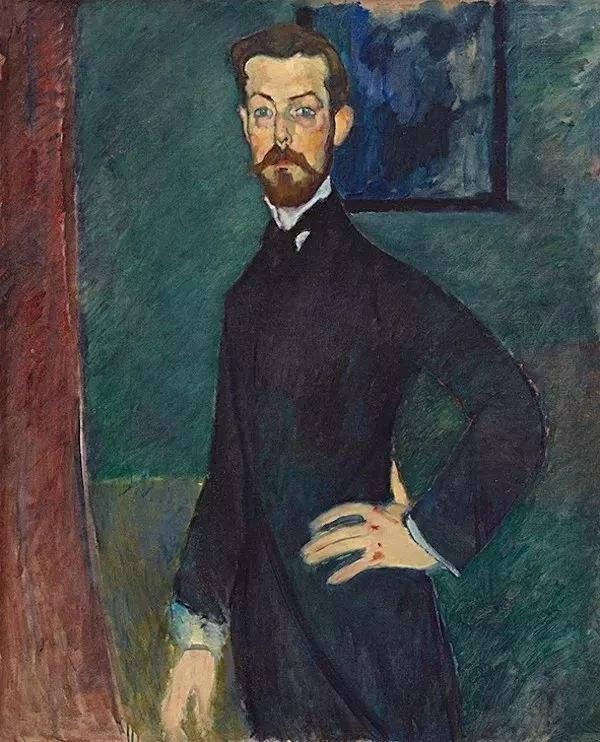"Feast of Saint Peter and Paul: A Celebration of Faith, History, and Cultural Heritage"
Guide or Summary:Feast of Saint Peter and PaulHistory and SignificanceCultural HeritageReligious TraditionsFeast of Saint Peter and PaulThe Feast of Saint P……
Guide or Summary:
Feast of Saint Peter and Paul
The Feast of Saint Peter and Paul, also known as the Feast of Saint Peter and Saint Paul, is a significant Christian holiday observed on June 29th each year. This day commemorates the martyrdom of two of the Apostles of Jesus Christ, Peter and Paul, who are considered to be the pillars of the early Christian Church. The celebration is deeply rooted in the history of Christianity, and it has evolved over centuries to include various cultural and religious traditions.
History and Significance
The origins of the Feast of Saint Peter and Paul can be traced back to the early Christian Church. According to tradition, both Peter and Paul were crucified in Rome in the first century AD. Their martyrdom was a testament to their unwavering faith and commitment to spreading the teachings of Jesus Christ. The festival was established as a way to honor their sacrifices and to celebrate the growth and spread of Christianity.

Over time, the Feast of Saint Peter and Paul has become an important event in the liturgical calendar of the Catholic Church. It is celebrated with special Masses, processions, and other religious ceremonies. In addition, many countries around the world have their own unique traditions associated with the feast. For example, in Italy, the Feast of Saint Peter and Paul is celebrated with fireworks, parades, and traditional foods.
Cultural Heritage
The Feast of Saint Peter and Paul is not only a religious event but also a celebration of cultural heritage. It is a time when people come together to honor their faith and to celebrate their shared history. In many cultures, the feast is marked by special foods, music, and dance. For example, in Germany, the feast is celebrated with traditional foods such as sausages, sauerkraut, and potato salad. In Russia, it is marked by the feast of St. Peter and St. Paul Cathedral in Moscow, which is one of the largest churches in the world.

Religious Traditions
The religious traditions associated with the Feast of Saint Peter and Paul vary from one country to another. In Catholic countries, the feast is celebrated with special Masses, processions, and other religious ceremonies. In many cases, the Mass is followed by a procession through the streets, with people carrying statues of Saint Peter and Saint Paul. The procession is often accompanied by music and prayers, and it is a time for people to come together and reflect on the teachings of Jesus Christ.
In Orthodox countries, the feast is celebrated with special services in churches and monasteries. In some cases, the services are followed by a procession through the streets, with people carrying icons of Saint Peter and Saint Paul. The procession is accompanied by music and prayers, and it is a time for people to come together and honor their faith.

The Feast of Saint Peter and Paul is a significant Christian holiday that celebrates the martyrdom of two of the Apostles of Jesus Christ. It is a time when people come together to honor their faith and to celebrate their shared history. The festival has evolved over centuries to include various cultural and religious traditions, and it is celebrated in many countries around the world. Whether through special Masses, processions, or traditional foods, the Feast of Saint Peter and Paul is a time for people to come together and reflect on the teachings of Jesus Christ.